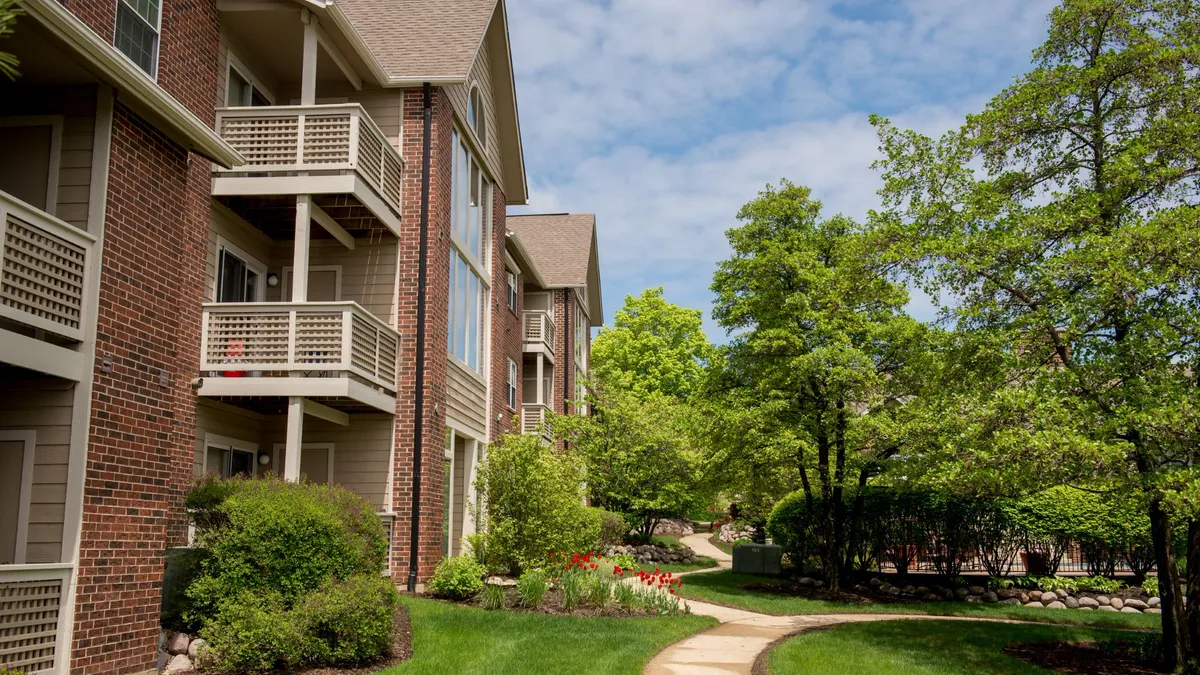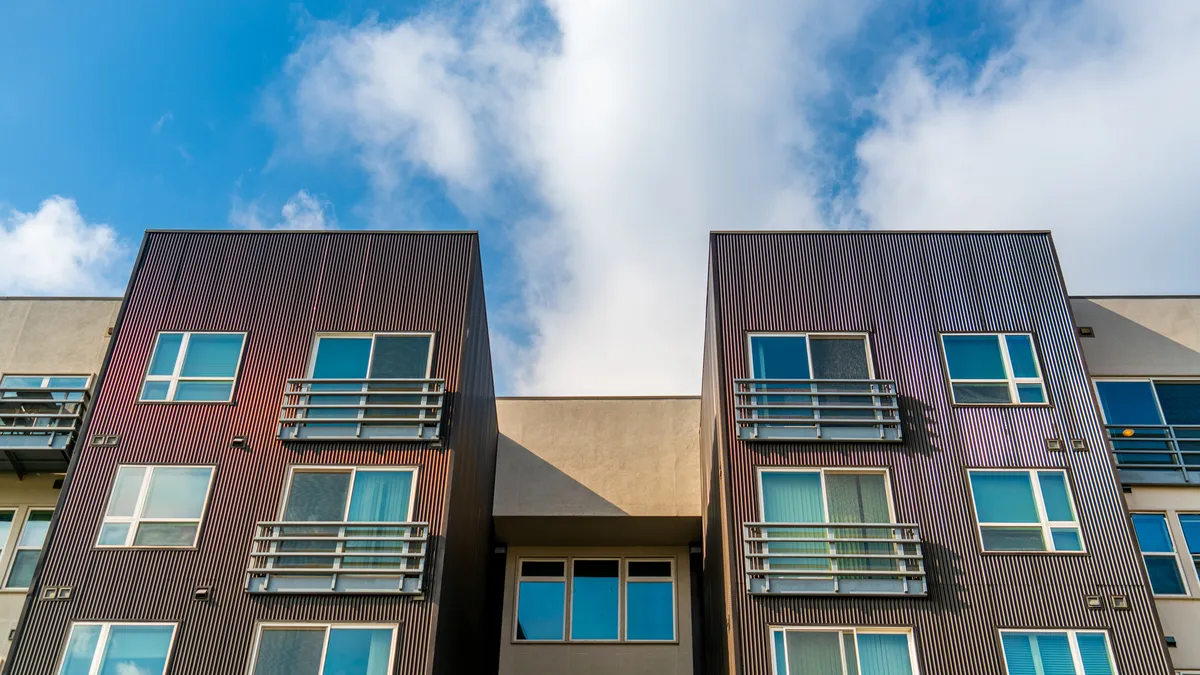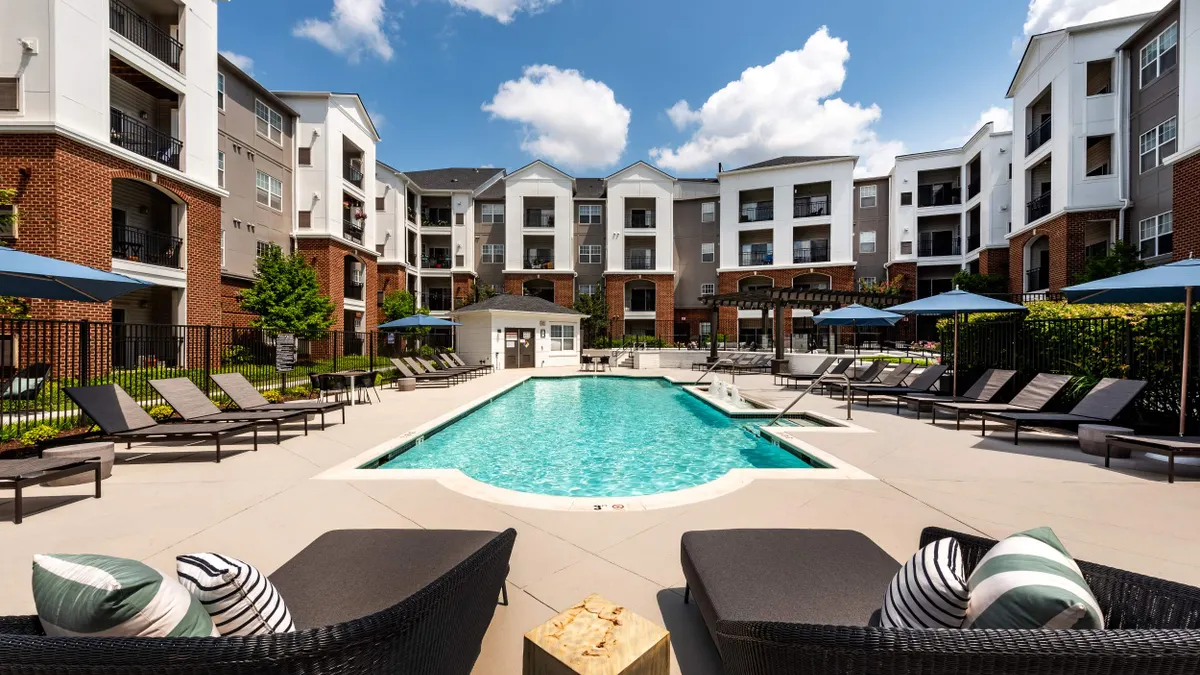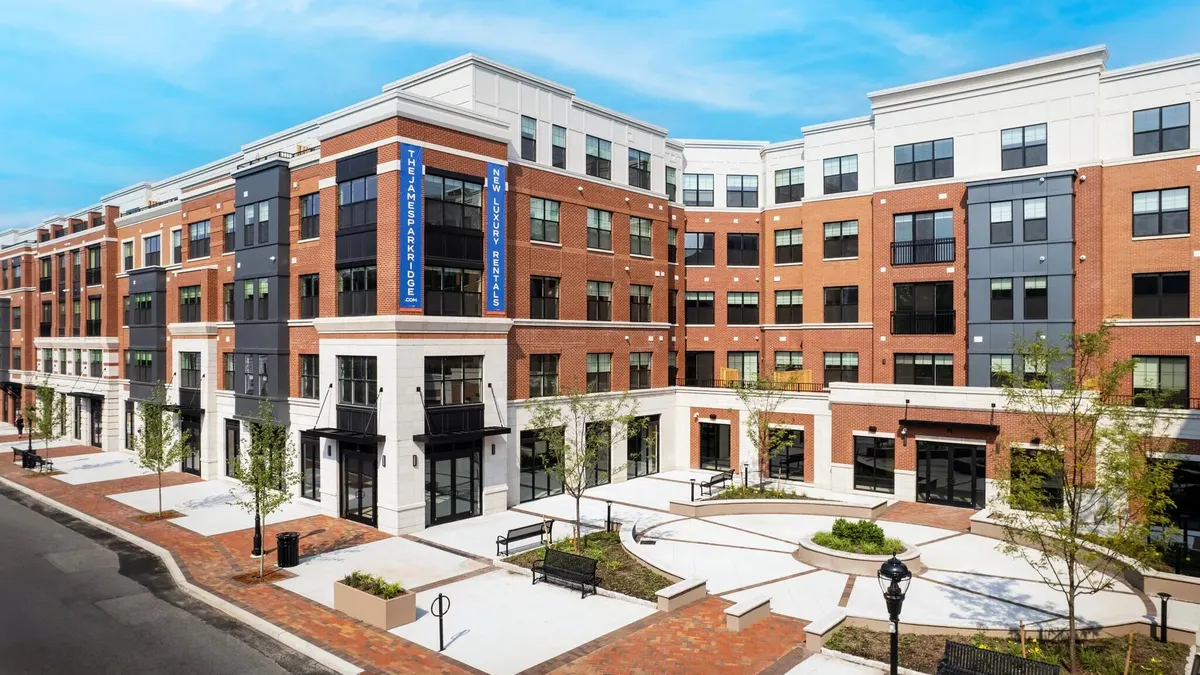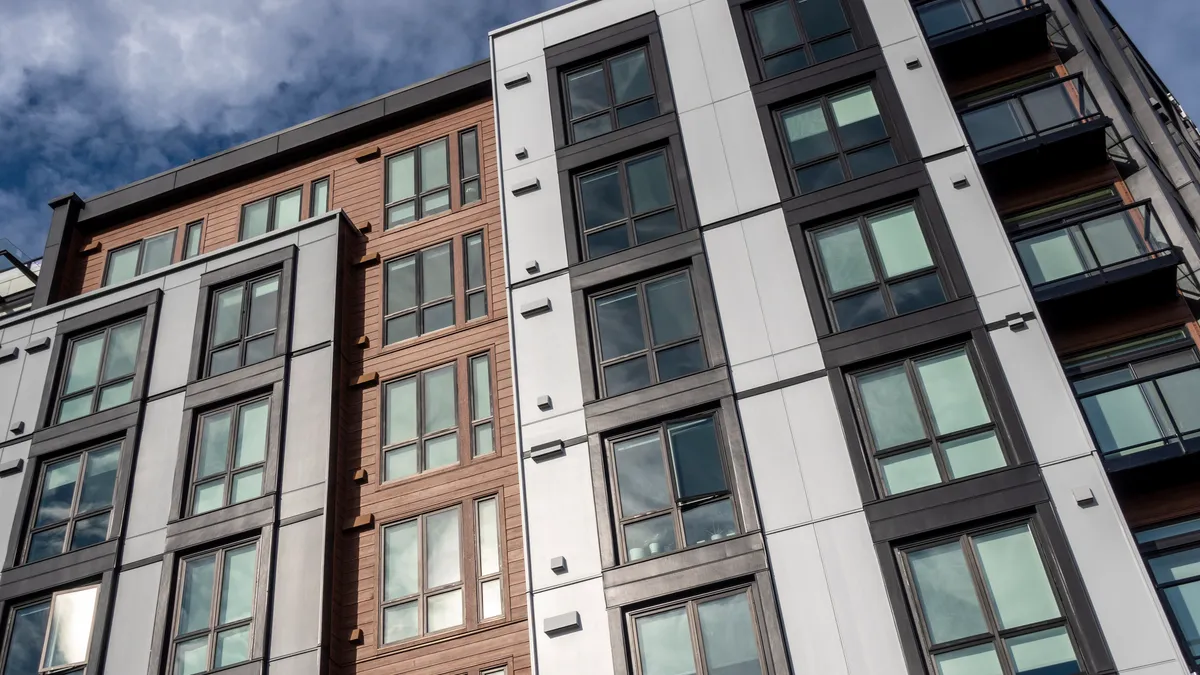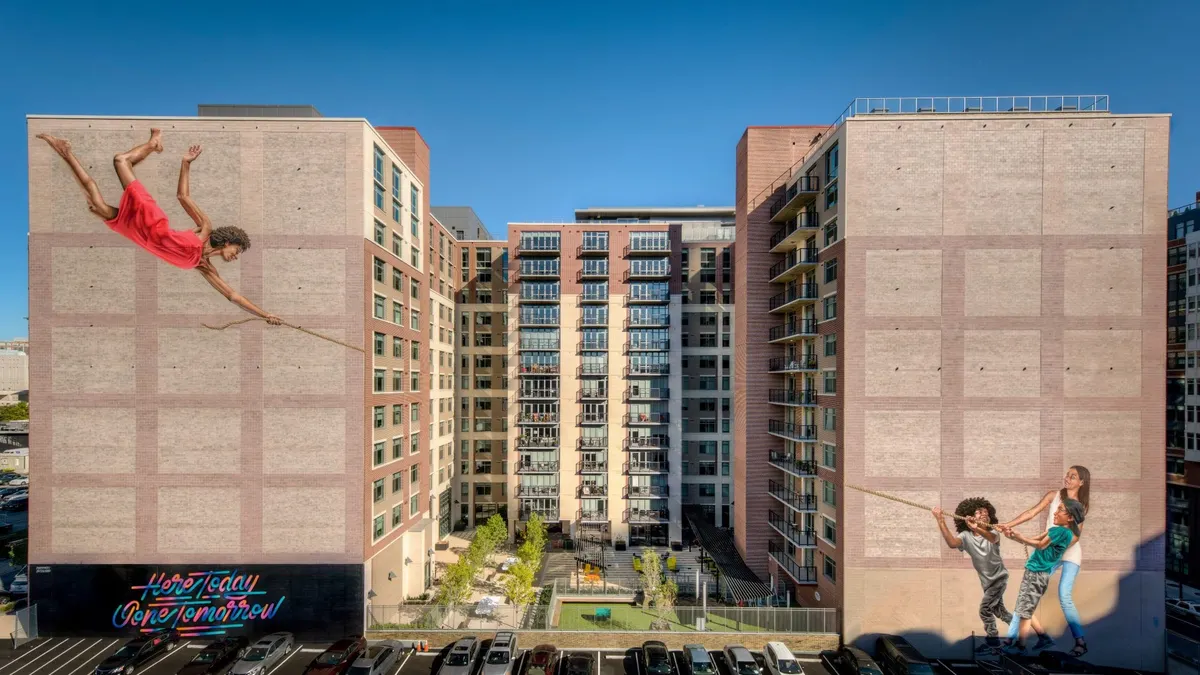The era of record-low cap rates may be over.
As interest rates and U.S. Treasury yields rose in 2022, property values softened. And cap rates — calculated by dividing a property's net operating income by its current market value — have jumped. That could mean more risk for property owners.
“Clearly cap rates for multifamily have risen in 2022 for all asset classes,” Greg Curci, executive vice president of operations at King of Prussia, Pennsylvania-based Morgan Properties. “What’s less clear is how much they’ve risen.”
That's the question everyone in the industry is asking: Just how much have cap rates moved? But there may not be one clear answer, because observers in different parts of the country have varying opinions.
A moving target
While it's challenging to get an exact read on cap rates, Curci says the transactions he has seen are “printing on either side of a flat 5.0% cap rate,” Others see less movement, though their perspective depends on where they are buying or selling.
As director for South Florida for the Houston-based developer, owner and manager Hines, Juan Jacobus has his finger on the pulse of one of the country's most competitive apartment markets. But even there, cap rates have been rising on apartments since the interest-rate hikes began.
“Talking to brokers in the market, there has been an expansion of cap rate expectations of up to 100 basis points on the high end, depending on the location and quality of the asset,” Jacobus said.
Matt Ferrari, co-chief investment officer and head of acquisitions and East Coast asset management for Los Angeles-based TruAmerica Multifamily, has a grasp on pricing from assets around the country. He says cap rates have moved 100 basis points or even higher in some places.
“We were bidding on a deal in Phoenix and they had 20-something offers with cap rates in the fours instead of threes,” Ferrari said.
Manus Clancy, senior managing director of applied data, research and pricing for Trepp, a data and analytics firm, has a national view and thinks cap rates have moved from the low-3% range to the low- to mid-4% range as borrowing costs have risen.
Finding equilibrium
Finding consensus on cap rates and values continues to be difficult, with uncertainty in rents and financing markets making it difficult to pin down future operating income and property values, respectively. Most observers think the Federal Reserve needs to signal when the interest rate hikes stop. Jacobus said clarity around cap rates is “totally dependent on capital markets and what the Fed does.”
Right now, there aren’t a lot of transactions occurring. “A lot of deals fell apart in the second quarter as sellers still expected 2021 cap-rate pricing while buyer sentiment turned less aggressive. [This is] in large part due to the rise in interest rates and resulting higher cost to finance new acquisitions,” Curci said.
With fewer deals, “data points are thinner and less consistent than they were this time last year,” according to Curci. For things to stabilize, the market needs more data points. “There needs to be an increase in transactions across all asset classes that suggests a consensus is forming around a certain cap-rate level, he said.
The good news is that there is money on the sidelines to make that happen. Ultimately, Curci thinks deals will pick back up — but it could take a little while.
“At the moment, there is a bit of a staring contest going on as some buyers do not yet have enough conviction in their forecasting of future rent growth as well as the inflationary impact on operating costs in the near term,” Curci said. “I don’t believe any of this is likely to resolve itself in the immediate future. I think it’s more reasonable to expect underwriting clarity and transaction volume to pick up momentum in the spring or summer of 2023.”
But others think things could crystallize earlier as more properties are traded. “After Labor Day, we're going to see a lot of price discovery for some of the deals that get brought to market,” Jacobus said. “I think we're really going to be able to tell how the capital market shift has affected values.”
Click here to sign up to receive multifamily and apartment news like this article in your inbox every weekday.



